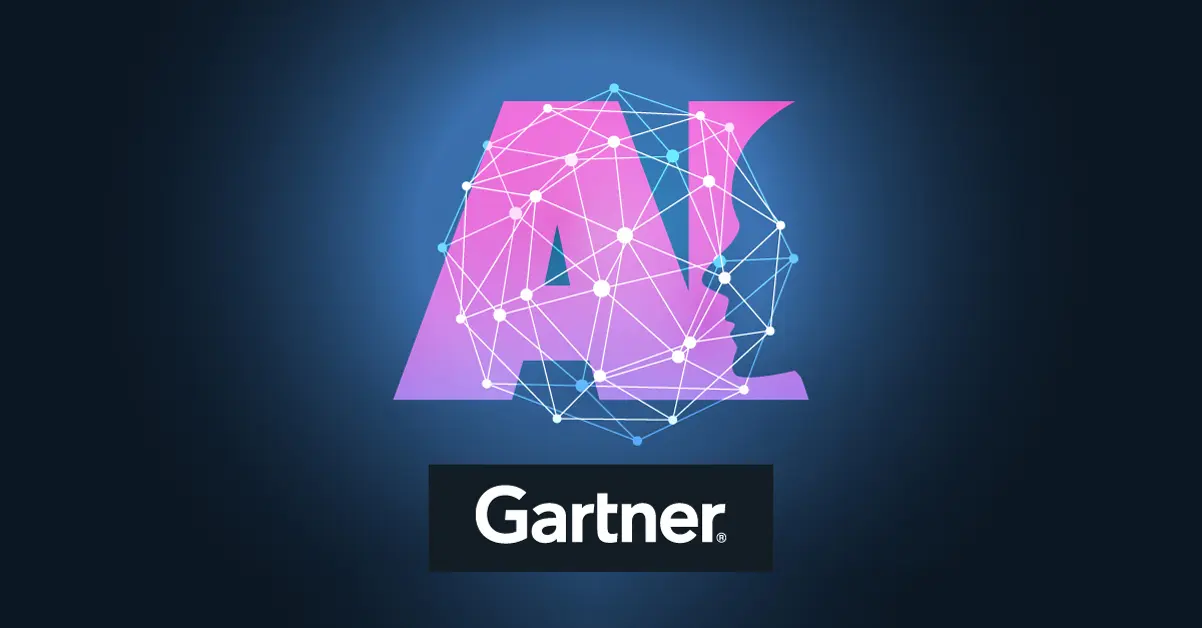Don’t get left behind: Augmenting decisions in DevOps with AIOps
Date: February 3, 2020
Category: AIOps Tools & Tech
Author: BigPanda
DevOps is fast, glamorous and agile. It is key to keeping modern, fast-moving IT environments up and running. And it is no stranger to automation: DevOps has been relying on automation for many years now to ensure the rapid delivery of applications in this ever-changing landscape. Yet even the most agile and advanced DevOps teams cannot escape the growing complexity, scale and pace of the modern IT stack. These days, automation in DevOps is no longer just about eliminating repetitive human actions to ensure greater consistency and predictability, it is now also about automated decision making. And the ability to analyze mass amounts of data and recommend actions, lies largely in the realm of artificial intelligence.
In this recent report, Gartner discusses the growing need for organizations to ensure business agility and stability by leveraging AI techniques to make data-driven decisions and automate actions in DevOps.
According to Gartner – the current approaches to navigating large datasets present two major challenges: lost time (resulting from manual event correlation during root cause analysis) and lost opportunity (from using metrics, traces and logs solely for detecting thresholds and not for valuable insight such as pattern recognition, anomaly detection, prediction and causality).
These challenges are manifested in four main areas in DevOps, which Gartner recognizes, and for which it recommends solutions.
Decision Making
The Problem: Without good feedback loops from production environments that see constant infrastructure and software changes (often hundreds of times a day), Infrastructure and Operations (I&O) leaders are either making ill-advised decisions (and decreasing stability), or becoming too risk-averse (and in so decreasing velocity).
The Solution: Decreasing time to feedback by implementing a continuous feedback loop using AIOps-enabled platforms. These correlate events in multiple DevOps phases and in doing so, enable timely, data-based decisions.
Application Quality and Scalability
The Problem: Application leaders view going fast as enabling the business. A data-driven DevOps toolchain provides metrics to balance this application deployment velocity with associated risks. Inconsistent quality and unpredictable scalability constrain I&O leadership as they adopt agile delivery methods.
The Solution: Driving continuous improvement in application deployment by using predictive analytics to assign risk scores to release candidates and forecasting infrastructure needs.
Monitoring and Root Cause Analysis
The Problem: The effort in analyzing logs, traces and metrics makes it difficult for I&O leaders to both assist in ongoing operations and complete valuable work.
The Solution: Revising monitoring strategies by integrating AIOps platforms as part of the DevOps toolchain, to enable automated and autonomous pattern discovery and prescriptive analytics.
Scaling Support
The Problem: As organizations adopt new technologies to enable agile delivery, I&O leaders are under enormous pressure to adapt and resolve issues quickly. Although DevOps toolchains enable development to be more agile, the teams still struggle to scale support functions to manage continuous change. This requires a new approach – “continuous support” – in addition to continuous integration and continuous delivery.
The Solution: Enhancing operational support by using AI-enabled incident management systems to preserve context around alerts and expedite root cause analysis.
AI in general, and AIOps in particular, is rapidly becoming key to success in today’s complex and fast moving IT environments, and DevOps has much to gain by adopting it. Read the full Gartner report to learn more.




